Guitar Power Chords: Your Gateway to Greatness
Guitar power chords are the foundation of every rock song you’ve ever heard. Brilliant for beginners, perfect for professionals! This guide on power chords will fix some of The Kinks you may have in your playing…
Guitar Power Chords: Your Gateway to Greatness
Learning how to play the guitar can be a long and tedious process. Memorising different chord shapes, mastering strumming patterns and learning to read TAB. However, did you know that you only need a few core skills to get on board the guitar power chord train?
Power chords are an instant cheat code for better guitar playing. Taking you from one level to the next, let us delve into what they are, and how you can use them for your playing.
What are Power Chords?
You’ve probably heard the term power chord tossed around many times, even the name sounds cool. They comprise just two notes, therefore two fingers on the fretboard.
Compared to your open chords, or even barre chords, power chords allow guitarists to play music without the complex dexterity that is required for more complex shapes.
Don’t worry! It’s not just a hack. By definition, a chord is two or more notes. So, you’re safe with guitar power chords. But how do they actually work?
Routes, 5ths and Octaves
Now, we need to look at the science behind guitar power chords. We need a route note, followed by the 5th degree of the chosen note. So, if we take G, our corresponding 5th would be D.
You’ll have probably seen ‘G5‘, for example, on TABs. This refers to the route note being followed by the 5th. On our fretboard, this would be the 3rd fret of the low E string, and the 5th fret on the A string played with your index and ring fingers. And that’s all you need!
Furthermore, you could enrich that sound even further by adding an octave. An octave is the 8th degree of a scale, which is always the same as the route note, just in a different pitch. Conclusively, the notes within a power chord with the octave would be G, D and another G. The octave would be played on the D string of the 5th fret.
E and A Strings
Thirdly, we should look at some fretboard theory. It’s all well and good knowing how to play a power chord, but we need to delve deeper.
As we now know, what power chord you play is dictated by the route note. This could be F, Bb, D, Eb or any one of twelve different notes! We can play each of these across the fretboard on both the E and A strings.
Guitar power chords will always have the 5th and or octave with the route note. Therefore we just need a healthy understanding of where these route notes are. On the E string, starting from the 1st fret you have the following notes: F, F#, G, G#, A, Bb, B, C, C#, D, Eb and E. Whereas from the 1st fret of the A string you’d have: Bb, B, C, C#, D, Eb, E, F, F#, G, G# and B.
You Really Got Me – The Kinks
You are currently viewing a placeholder content from YouTube. To access the actual content, click the button below. Please note that doing so will share data with third-party providers.
Okay, now we’ve seen what they are, let’s put them into practice. Firstly, we’ll look at how power chords are used in You Really Got Me by The Kinks. I can already smell a two-stroke Vespa just from hearing this classic riff.
This song is arguably the genesis of power chords being used in popular music. Aside from the punchy guitar tone from Dave Davies, this riff is easy to get down.
In the key of G, the opening bars of this track jump between F and G power chords before modulating later in the song. Check out the TAB below and grab yourself a slice of musical history.
Power chords are easy to get hold of, that authentic tone less so. But, with this Flying V, you’re a little bit closer:

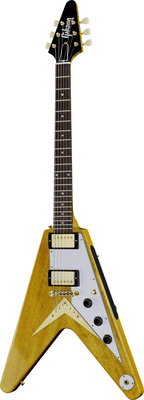
For Whom The Bell Tolls – Metallica
You are currently viewing a placeholder content from YouTube. To access the actual content, click the button below. Please note that doing so will share data with third-party providers.
Concluding our look at guitar power chords, we’re going to look at how such a basic concept can deliver impressive results. Only from the world’s greatest-ever Metal band… Metallica.
Utilising the same skills as The Kinks, only with added distortion and attitude! By comparison, For Whom The Bell Tolls makes You Really Got Me look like a nursery rhyme. James Hetfield uses plenty of palm-muted chugs and gain to achieve the hulking sound in this record.
Most importantly, power chords are still used. With the added octave to provide more depth. Why not have a go at this small section of Metallica staple?
And while you’re at it, this mahogany-bodied Gibson Explorer will unleash your inner thrash daemon.

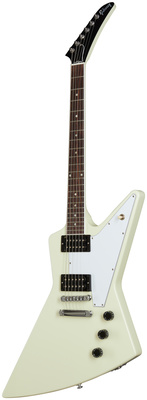
Guitar Power Chords – Minimal Effort, Maximum Return
There we have it! The ins and outs of playing power chords on guitar. Once you’ve mastered that index and ring finger shape, you can play every power chord across the fretboard! Moreover, if you’re ever stuck on a tricky barre chord shape, most of the time you’ll be able to use a power chord. You’re welcome.
Video:
You are currently viewing a placeholder content from YouTube. To access the actual content, click the button below. Please note that doing so will share data with third-party providers.
Further Information:
One response to “Guitar Power Chords: Your Gateway to Greatness”

 4,3 / 5,0 |
4,3 / 5,0 | 


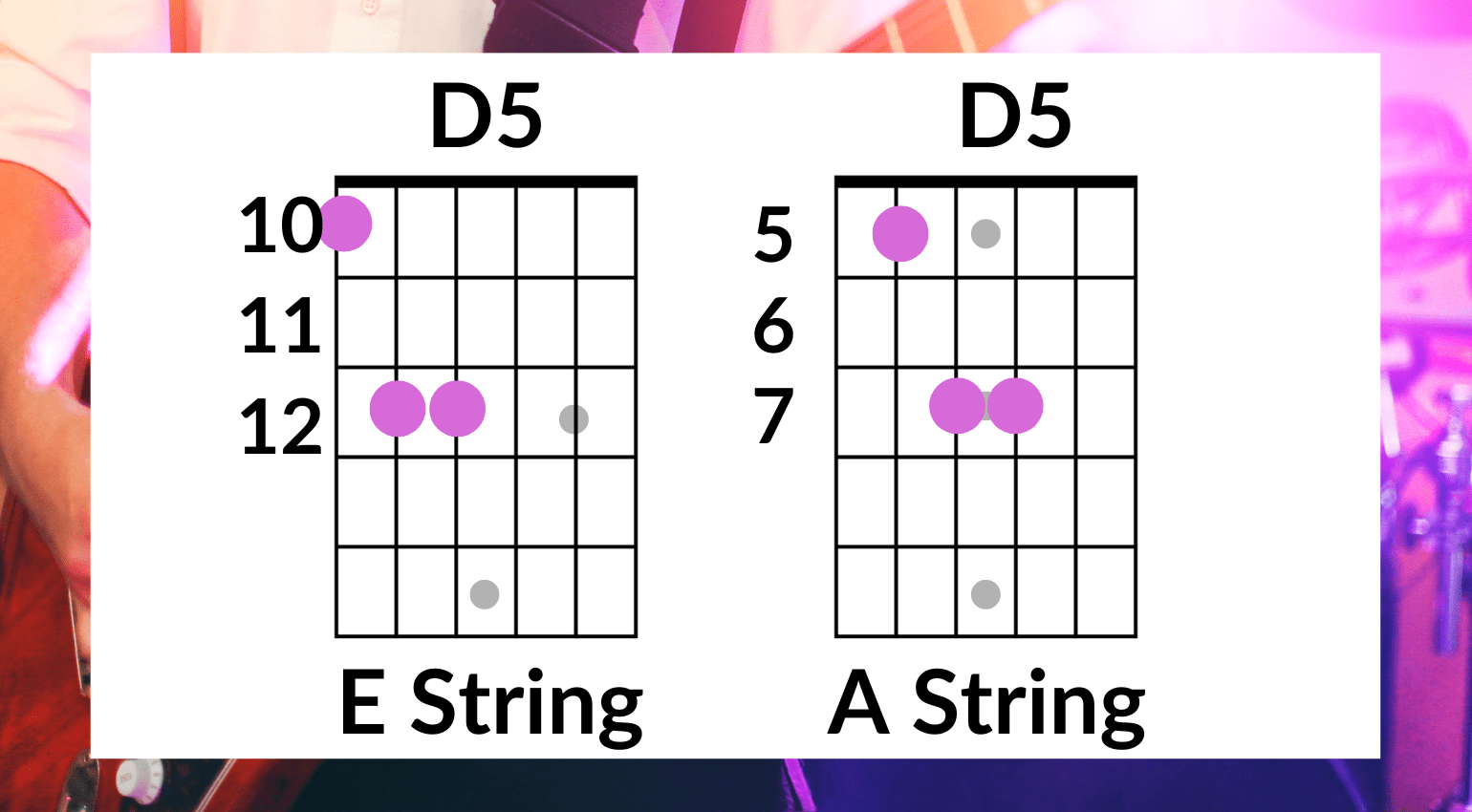
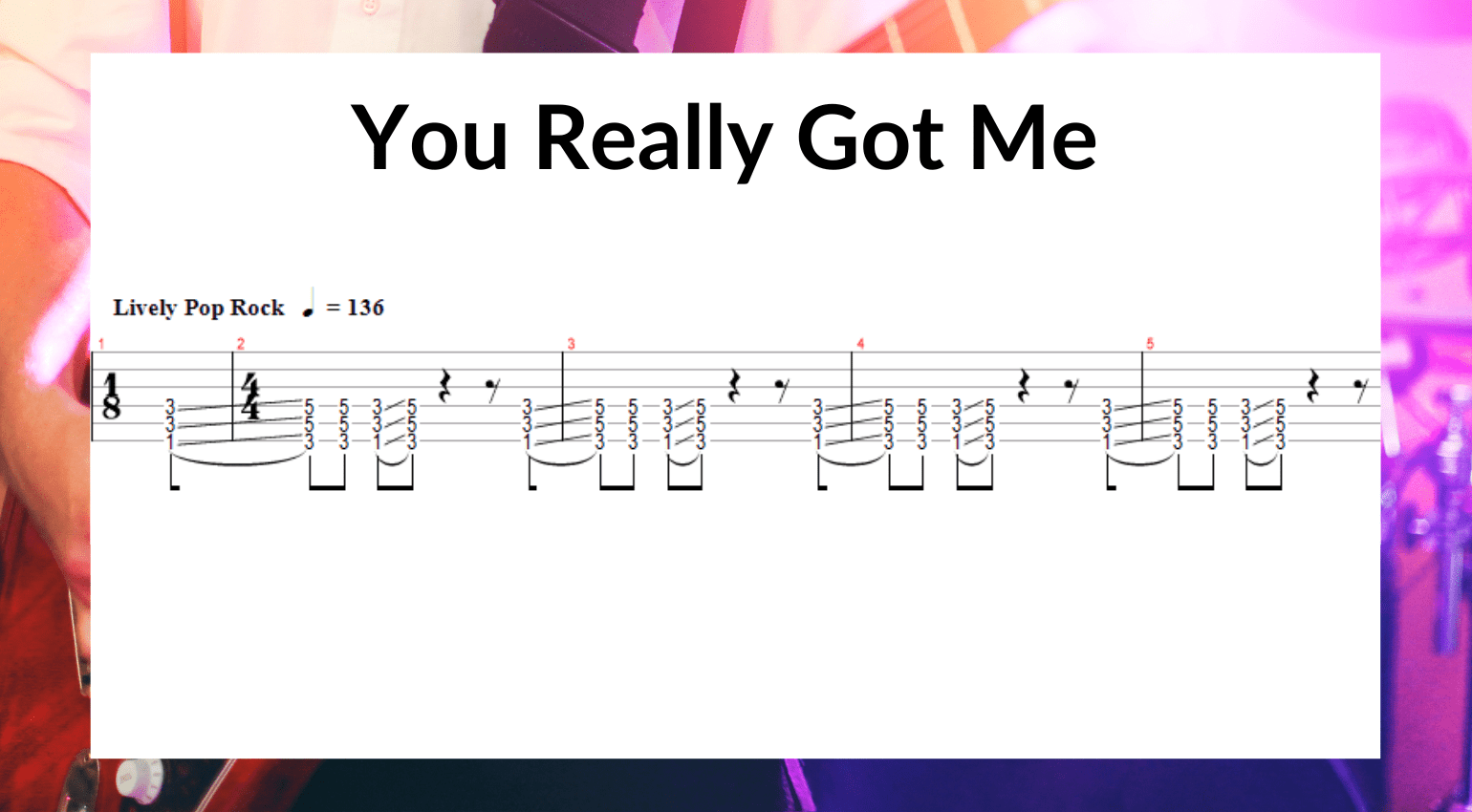

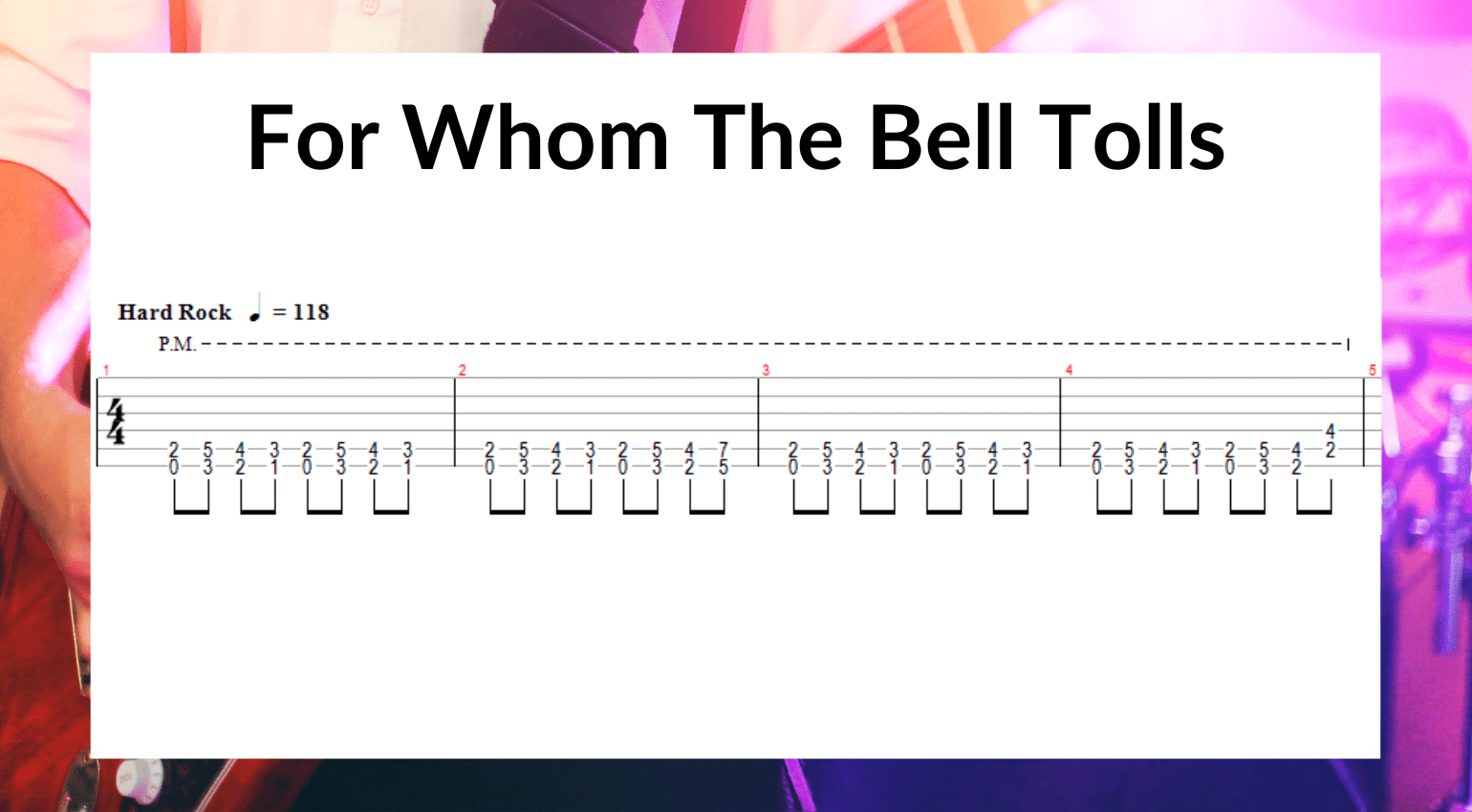
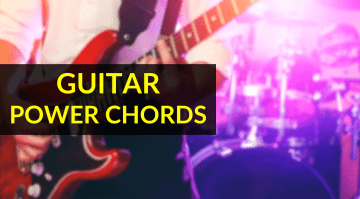

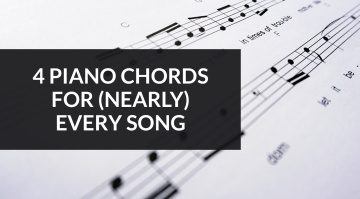
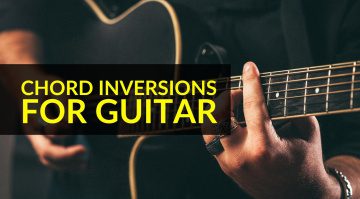
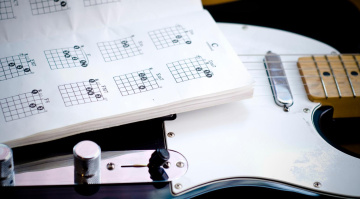
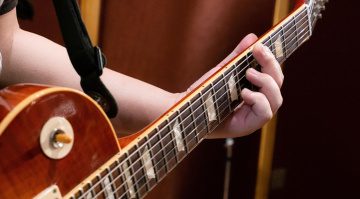

Hey you guys probably want to change route to root. May as well use the spelling that the vast majority of English readers use, and most importantly musicians. Hope you don’t mind this comment.